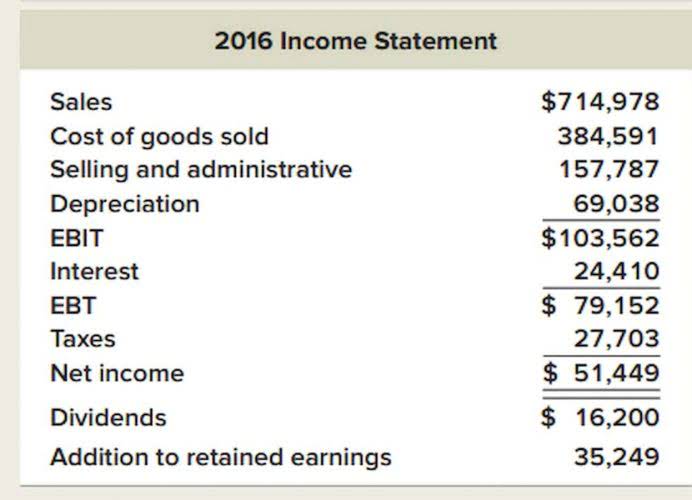
Someone on our team will connect you with a financial professional in our network holding the correct designation and expertise. Our mission is to empower readers with the most factual and reliable financial information possible to help them make informed decisions for their individual needs. Our writing and editorial staff are a team of experts holding advanced financial designations and have written for most major financial media publications. Our work has been directly cited by organizations including Entrepreneur, Business Insider, Investopedia, Forbes, CNBC, and many others.
- It is also the easiest way to determine an asset’s value, making it widely accepted among accountants.
- This is because, in many cases, the cost of an item is subjective and dependent on market conditions.
- This ensures your assets are based on their initial costs versus their market value over time.
- In accounting, the cost principle is a foundational concept that dictates how assets are recorded on financial statements.
- For example, during a market downturn, the fair value of investment portfolios can plummet, leading to substantial write-downs and impacting a company’s reported earnings.
- If a manufacturing company buys machinery for $50,000, the cost principle mandates recording the machinery at its original cost of $50,000 on the balance sheet.
Cost Concept of Accounting
However, this variation does not allow the reverse – to revalue an asset upward. Thus, this lower of cost or market concept is a crushingly conservative view of the cost principle. Generally Accepted Accounting Principles (GAAP) and considered a more conservative (and potentially more accurate) way to value large assets. In accordance with the accounting principle of conservatism, Assets recorded at historical cost must be adjusted to account for the wear and tear through their usage..

Submit Your Info Below and Someone Will Get Back to You Shortly.
Since accounting principles differ around the world, investors should take caution when comparing the financial statements of companies from different countries. The issue of differing accounting principles is less of a concern in more mature markets. Still, caution should be used, as there is still leeway for number distortion under many sets of accounting principles. The most notable principles include the revenue recognition principle, matching principle, materiality principle, and consistency principle. Completeness is ensured by the materiality principle, as all material transactions should be accounted for in the financial statements. Consistency refers to a company’s use of accounting principles over time.
International Financial Reporting Standards (IFRS)

The concept is in conjunction with the cost principle, which emphasizes that assets, equity investments, and liabilities should be recorded at their respective acquisition costs. Furthermore, the cost principle’s emphasis on verifiable data enhances transparency and accountability in financial reporting. By recording assets at their original purchase price, companies can provide stakeholders with a clear and consistent view of their financial position, reducing the risk of misinterpretation or manipulation. This transparency is crucial for maintaining investor confidence and meeting regulatory requirements, particularly in sectors where accurate asset valuation is essential for compliance and risk management.
- This is avoided in depreciation, because the amount of depreciation can be listed equally on the balance sheet.
- This subjectivity can lead to inconsistencies and potential manipulation, as different accountants might arrive at different valuations for the same asset.
- Additionally, it helps with budgeting without requiring consistent updates.
- For example, annual audited GAAP financial statements are a common loan covenant required by most banking institutions.
- Determining the fair value of an asset often requires significant judgment and estimation, which can introduce subjectivity and potential bias into financial statements.
Understanding Cost Accounting
This means that when you purchase assets, they are recorded at the same cost from period to period. The cost principle means that a long-term asset purchased for the cash amount of $50,000 will be recorded at $50,000. cost principle accounting If the same asset was purchased for a down payment of $20,000 and a formal promise to pay $30,000 within a reasonable period of time and with a reasonable interest rate, the asset will also be recorded at $50,000.

Another limitation is the principle’s inability to account for inflation. Over time, inflation erodes the purchasing power of money, meaning that the historical cost recorded on the balance sheet may not represent the true economic value of an asset. This can be particularly problematic in high-inflation environments, where the gap between historical https://www.bookstime.com/ cost and current market value widens significantly. Depreciation, a fundamental aspect of accounting, is deeply influenced by the historical cost principle. When assets are recorded at their original purchase price, the depreciation expense is calculated based on this initial cost, spreading the expense over the asset’s useful life.
Why You Can Trust Finance Strategists
Cost Concept of Accounting FAQs
- The International Financial Reporting Standards (IFRS) is the most widely used set of accounting principles, with adoption in 168 jurisdictions.
- Thus, this lower of cost or market concept is a crushingly conservative view of the cost principle.
- Something that we’ve seen thanks to the pandemic is resource scarcity for vehicle production.
- The above discussion leads us to the conclusion that cost accounting is a systematic procedure for determining per-unit costs.
- One of the primary advantages of the cost principle is its simplicity.
- The realizable balance is the balance expected once the accounts are paid on.
